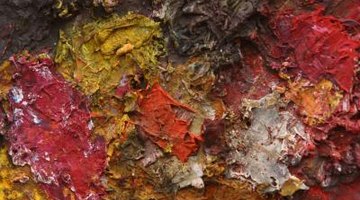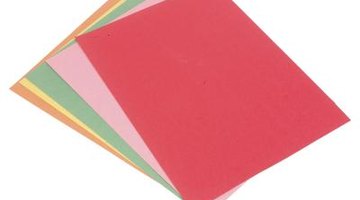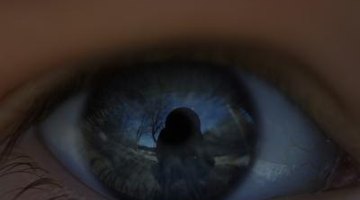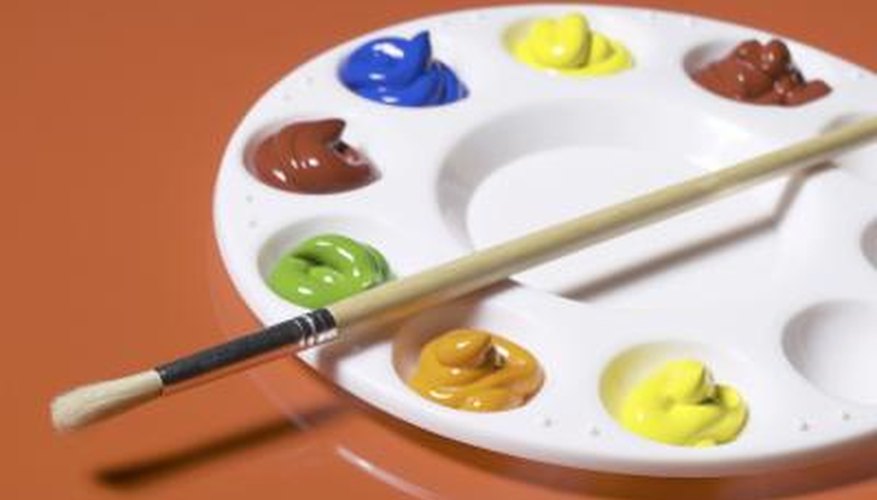Colour is a complex interplay of electromagnetic energy, chemical reactions, electrical signals and human thought. Light of certain wavelengths triggers different chemical reactions in the eye which sends electrical signals to the brain which decides what colour it's seeing. If that's not complicated enough, there are two ways to produce colour: additive colour and subtractive colour. The question of which colours reflect more light involves those complexities.
Additive and Subtractive Color

A red flashlight, a green flashlight and a blue flashlight all shine on one spot: it becomes white. Red paint, green paint, and blue paint all get mixed in one spot: it becomes black --- well, a muddy dark brown, probably. The point is that light sources of different colours add to make a final colour, while paints subtract light to make a final colour. Put another way: an orange absorbs every colour except orange. If white light hits an orange, the purples, greens, reds get absorbed, leaving only orange light to reflect.
- A red flashlight, a green flashlight and a blue flashlight all shine on one spot: it becomes white.
- If white light hits an orange, the purples, greens, reds get absorbed, leaving only orange light to reflect.
White
So, the colour that obviously reflects the most light is white. That is, a perfect white reflects all the wavelengths that strike it. If green light hits it, the paper appears green. If yellow light hits it, the paper appears yellow. But what happens if there's a design in red paint on a piece of white paper and it's illuminated with red light? The entire paper appears red. The white part appears red because it reflects all the light that hits it, and the red design appears red because it reflects all the red light that hits it.
- So, the colour that obviously reflects the most light is white.
- If green light hits it, the paper appears green.
Taking it to the Source

The point of that experiment is that the amount of light reflected depends on the colours contained within the light source as well as colours in the object. For example, if a yellow piece of paper is illuminated with blue light, it will not reflect at all and it will appear black, while a blue piece of paper will reflect all the light. Take those same pieces of paper and put them under yellow light and the yellow reflects brightly and the blue appears black. So the answer is that the colour that reflects the most light is the colour that matches the energy of the light source the most.
- The point of that experiment is that the amount of light reflected depends on the colours contained within the light source as well as colours in the object.
- So the answer is that the colour that reflects the most light is the colour that matches the energy of the light source the most.
A Big Ball of Light

Put this in the context of a pretty common light source: the sun. The sun's peak wavelength is about 550 nanometres (billionths of a meter, a common way of measuring light wavelength). That's a greenish-yellow. So on a sunny day the colour that reflects the most light will be a greenish-yellow. But, around sunset it all changes. As the sunlight becomes redder, the peak wavelength that reaches the Earth shifts. Now red objects reflect more light than greenish-yellow, because there's more red light out there to reflect.
- Put this in the context of a pretty common light source: the sun.
- As the sunlight becomes redder, the peak wavelength that reaches the Earth shifts.
The Human Eye

There's one more complication. Assume you had a light source that had exactly the same amount of energy at every wavelength: blue, green, yellow, orange, red --- they're all the same. So, you would think that a blue, green, yellow, orange, and red piece of paper would all reflect the same amount of light. And they would. But that's not what you would see. They human eye is much more sensitive to yellow-green than it is to deep red or bluish-purple. So even though each paper would reflect the same amount of light, you would think the blue and red were dimmer than the green and yellow.
- There's one more complication.
- So even though each paper would reflect the same amount of light, you would think the blue and red were dimmer than the green and yellow.
